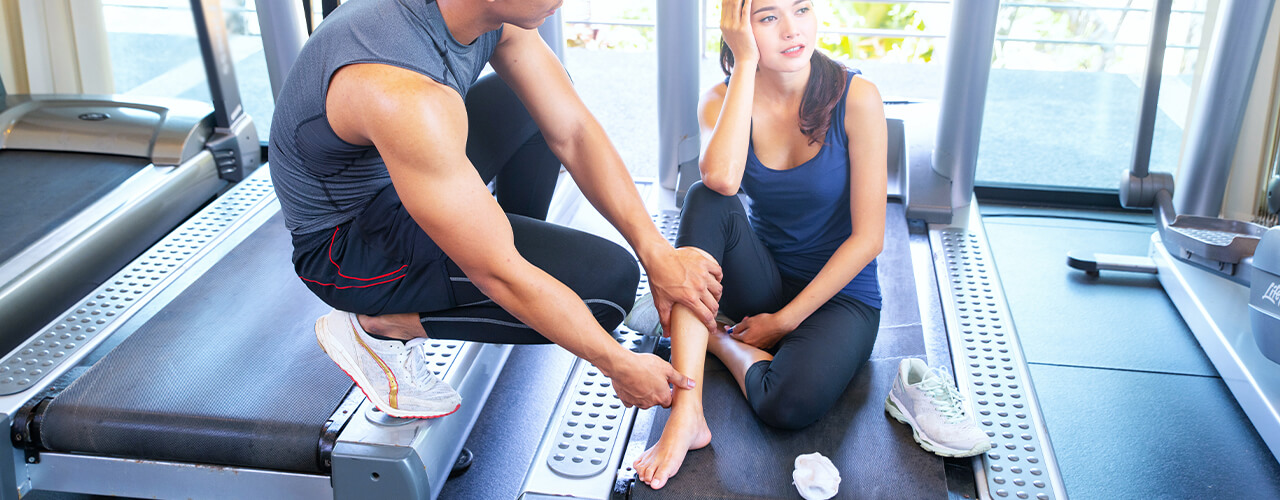Should You Do Kegels After Childbirth? Our Physical Therapist Answers!
What Is Kegel Exercise?
Named after gynecologist Arnold Kegel, these exercises engage and strengthen your pelvic floor, which is a group of muscles and ligaments that hang like a sling between your hips to support your bladder, uterus and other organs and to control the flow of urine and the contraction of the vagina and anal sphincter.
The goal of the Kegel is to contract and then relax the pelvic floor muscles for a short period of time. It’s best to aim for a few short sets a few times a day (more on just how much below). Exercise is quick and free, and once you know how to do it, you can do it just about anywhere—when you’re stuck in a red light, waiting in line, or watching TV.
Benefits of Kegel Exercises for Women
The benefits of Kegel exercises—especially during pregnancy and after birth—include:
- Strengthening support for the pelvic organ. Vaginal childbirth is a potential cause of pelvic organ prolapse (when the uterus, urethra, and/or intestines go down into the vagina). This is because pregnancy and vaginal childbirth can weaken the pelvic floor muscles so that they do not provide enough support for the pelvic organs. Your doctor may recommend Kegels as part of your treatment plan.
- Improved control of the bladder. Many women experience urinary leaks during pregnancy or after having given birth. Risk increases with the delivery of the vagina, as well as with a higher number of children. Kegels can help prevent or treat conditions such as urinary incontinence—when you feel a strong urge to pee and pass urine before you can get to the bathroom, or stress incontinence, which involves leaking a few drops of urine when you cough, laugh, or sneeze.
- Reduced risk for fecal incontinence. This is a condition that causes the stool to leak before you go to the bathroom. Kegels can help strengthen the rectal muscles to help prevent this from happening.
Strengthening the pelvic floor muscles during pregnancy also helps you develop the ability to relax and control these muscles in preparation for work and birth. In the postpartum period, Kegels can help heal the perineal tissues that are stretched during vaginal birth.
When and how often to do Kegels
If you’re pregnant or have just had a baby, it’s best to ask your provider before you start. You may want to start your pregnancy in the second trimester, starting at around 14 weeks of pregnancy. This is when a lot of moms-to-be have a much-needed energy boost. After your baby is born, you may be able to start doing Kegels within a few days of an uncomplicated vaginal birth—just make sure you’re ready. If you had complications during vaginal birth or if you had a c-section, wait until the doctor tells you everything.
There is no set rule as to how often to do the Kegels. Some experts recommend that Kegels be done at least twice a week, while others recommend that they be done daily. There are many options for how many Kegels to do and how often. For example, your health care provider may suggest doing 10 sets of Kegels three times a day; doing 50 tablets throughout the day; or practicing twice a day before increasing to three times a day. With a little practice, you’re going to be able to do it while you’re relaxing on the couch, waiting in line at the store, or even lying in bed. You can also contract your pelvic floor muscles before and during any situation where you may leak urine, such as when you sneeze or laugh.
Are You Looking for a Physical Therapist Near San Jose You Can Trust?
Pace Physical Therapy in San Jose, California specializes in non-surgical neck pain relief and recovery therapies. We pride ourselves on offering the best possible physical therapy available and going above and beyond for our patients. Our highly experienced physical therapist will work with you to improve your function and relieve your pain. We start by assessing the body as a whole. Oftentimes the cause of pain or an injury extends far beyond just the body part or muscle hurting. Without taking a comprehensive look at your entire self, we would be doing you a disservice in fully helping you heal and preventing future limitations. We then move on to fixing your areas of limitation. Not all diagnoses are created equal. One person with neck pain may have completely different limitations than the next person. Your recovery program needs to be specific to what YOUR body needs and not just the typical exercise program that you can find online. Just because your pain decreases or you can walk longer doesn’t mean that it is enough to get you functioning at the level you want to be. While this often signifies the end of care at your typical PT clinic we don’t stop providing guidance until we help you successfully meet every goal you set for yourself with us on day one. Contact us today to schedule your appointment!


